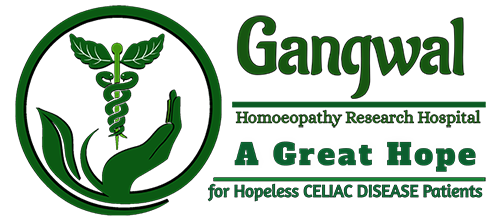
Autism
Autism, or Autism Spectrum Disorder (ASD), is a neurodevelopmental disorder that affects an individual’s social interaction, communication skills, and behaviour. It is characterized by a wide range of symptoms and varying levels of impairment, hence the term “spectrum.” Autism typically emerges in early childhood, before the age of three, and continues throughout a person’s lifetime.
Here are some key points to understand about autism:
Symptoms: People with autism may exhibit a diverse range of symptoms, including challenges in social interaction and communication, restricted and repetitive behaviors, sensory sensitivities, and specific interests or fixations. However, it’s important to note that each individual with autism is unique, and symptoms can vary greatly in type and severity.

Communication and social interaction: Difficulties in communication and social interaction are common among individuals with autism. They may struggle with maintaining eye contact, understanding social cues, interpreting facial expressions, and engaging in reciprocal conversations. Some individuals with autism may also experience delays in speech and language development or have difficulty with nonverbal communication.
Repetitive behaviours and restricted interests: Many individuals with autism engage in repetitive behaviours, such as repetitive movements (e.g., hand-flapping, rocking) or insistence on sameness (e.g., rigid adherence to routines). They may also have intense interests in specific topics and exhibit deep knowledge in those areas.
Sensory sensitivities: People with autism may experience heightened or diminished sensitivity to sensory stimuli. For example, they may be hypersensitive to certain sounds, textures, or lights, leading to discomfort or distress. Conversely, they may also seek out certain sensory experiences, such as spinning or touching certain objects, known as stimming.
Diagnosis: Autism is typically diagnosed by a multidisciplinary team, including psychologists, psychiatrists, and paediatricians. Diagnosis is based on the presence of specific behavioural criteria outlined in diagnostic manuals like the Diagnostic and Statistical Manual of Mental Disorders (DSM-5).
Causes: The exact causes of autism are still being researched, and it is believed to arise from a combination of genetic and environmental factors. Some studies suggest a strong genetic component, as autism tends to run in families. However, the specific genes involved and the environmental triggers are not yet fully understood.
Treatment and support: While there is no cure for autism, early intervention and appropriate support can make a significant difference in managing symptoms and improving quality of life. Applied Behavior Analysis (ABA), speech therapy, occupational therapy, and social skills training are among the interventions commonly used to address specific challenges associated with autism.

It’s important to note that each individual with autism is unique, and their experiences and abilities may vary widely. Understanding, acceptance, and creating inclusive environments are crucial in supporting individuals with autism to reach their full potential.
Treatments
Autism Spectrum Disorder (ASD) is a developmental disorder that affects communication, social interaction, and behavior. While there is no cure for autism, early intervention and individualized treatment can significantly improve the lives of individuals with ASD and help them develop…









